Ve Nghia village, Trieu Long commune, Trieu Phong district (now merged with Phu Luu village to form Luu Nghia village), was established in 1548, Thong Nguyen era under the Later Le dynasty, originating from Thanh Nghe Tinh to reclaim land and settle down. In recent years, implementing the new rural construction movement, the village has actively built a civilized lifestyle, gradually eliminating bad customs in social life. Recently, Luu Nghia village has mobilized capital to build a house to store the ashes of the deceased after cremation by socialization.

Ve Nghia village gate - Photo: TQ
Ve Nghia village is the place where one of the first Communist Party of Vietnam branches in Quang Tri was established in March 1930. This is a land with a strong revolutionary tradition and a tradition of learning and respecting teachers.
Here, there are the relics of Ong Temple and Ba Temple associated with the revolutionary movement activities in Trieu Phong. Ve Nghia village has made great contributions to the revolutionary cause through the two resistance wars against France and America, as well as to the educational cause of the homeland and the country. The village was recognized as a provincial cultural village for the first time in 2000, the second time in 2002 and an excellent cultural unit in 2009.
Geographically, Ve Nghia village borders Duy Hoa village (Trieu Hoa commune) to the East, An Binh village (Trieu Thuan commune) to the West, Phu Luu village (Trieu Long commune) to the South, Dai Hao village (Trieu Dai commune) to the North, with a natural area of about 35 hectares. Although it is a small village with a sparse population, Ve Nghia has always maintained its proud cultural, historical and revolutionary traditions after nearly 5 centuries of formation, construction and development.
In the early 70s of the last century, the village had already carried out the relocation of concentrated graves, but due to the spontaneous movement and lack of scientific planning, the relocated graves were still lying in disarray in the cemeteries.
Since then, the burial of the deceased has been difficult, because Ve Nghia has the N1 irrigation canal passing through, dividing the village and the overall planning does not have a cemetery, graveyard or house to store the ashes of the deceased after cremation. Currently, the land fund in the village does not meet the needs of burial of the dead.

Monument honoring the Ve Nghia village Party cell, one of the first Communist Party cells in Quang Tri - Photo: TQ
Implementing the movement to build new rural areas according to the policy of the Party and the State, in which planning cemeteries and burial places for the deceased must be far from residential areas is very necessary. Luu Nghia village, Trieu Long commune has planned cemetery land to concentrate scattered graves in the fields in one place.
However, the cemetery is planned not far from the residential area. In order to change the awareness of the community and local people, the local people have a long-term wish to have a house "To keep the ashes of the deceased after cremation".
Building a house to store ashes does not take up much land, is hygienic in burying the dead but still preserves the traditional cultural beauty of worshiping and showing gratitude to the deceased. This aspiration also aims to implement the movement of building new rural areas according to the policy of the Party and State.
On that basis, the village management and administration mobilized capital to build a house to “Keep the ashes of the deceased after cremation” by socializing, using the land fund planned for clans and families to build the project. Scientifically, cremation contributes to reducing pressure on the increasingly narrowing production land fund, saving time, maintaining environmental hygiene, protecting water resources...
We look forward to the high consensus of the people, the approval of local authorities and relevant authorities in the planning of the construction of a house "To store the ashes of the deceased after cremation".
Tran Quang-Le Van Ha
Source: https://baoquangtri.vn/lang-ve-nghia-187326.htm



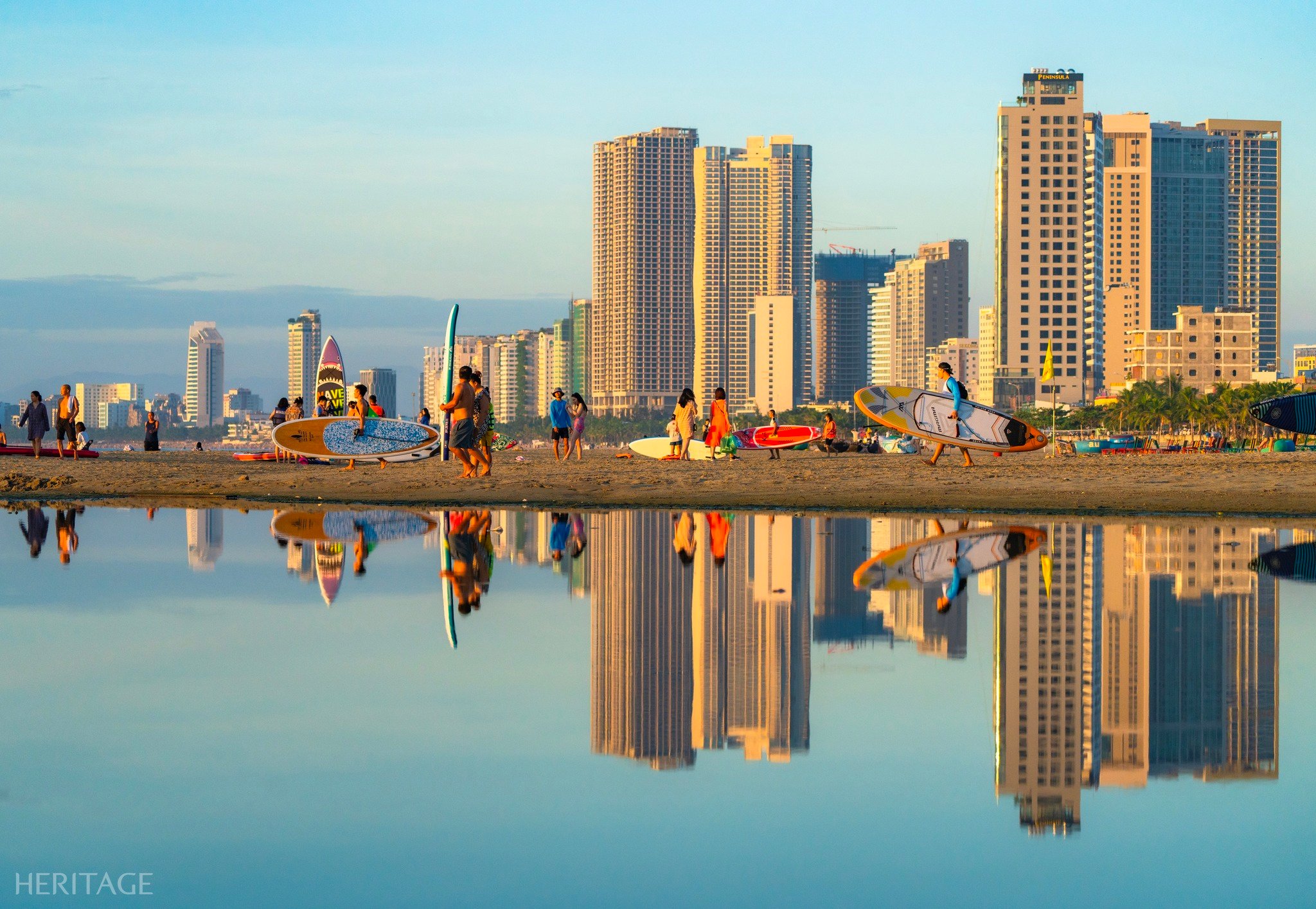


![[Photo] President Luong Cuong attends the International Conference with the theme "50 years of national reunification: The constructive role of Diplomacy in history and present"](https://vstatic.vietnam.vn/vietnam/resource/IMAGE/2025/4/23/679c155a5f3a46b5991d591f8ea1cb8f)
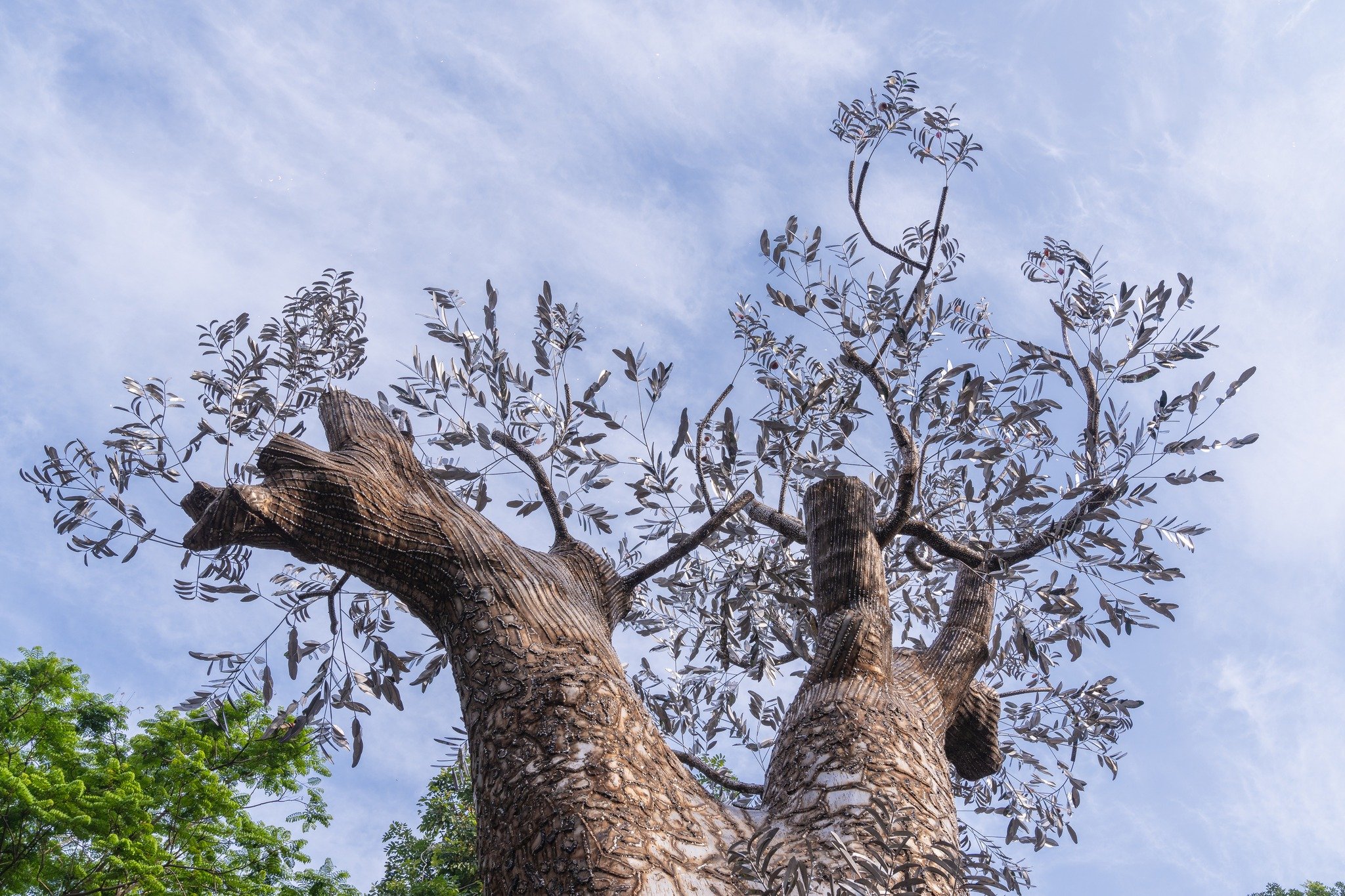



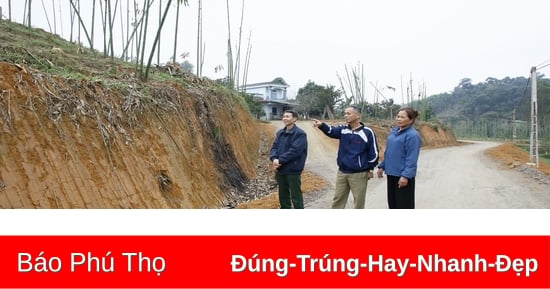
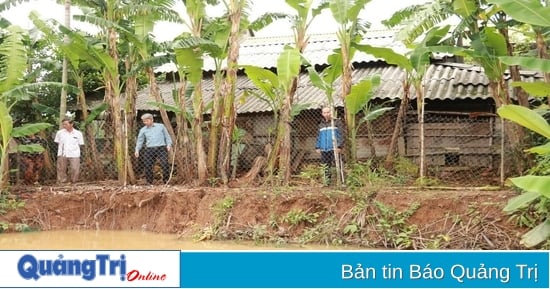


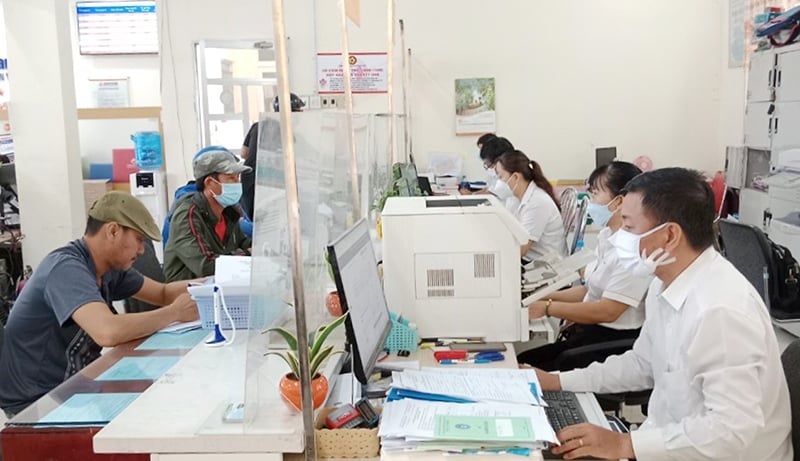
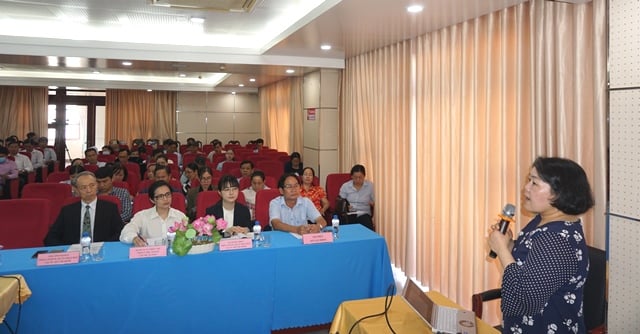


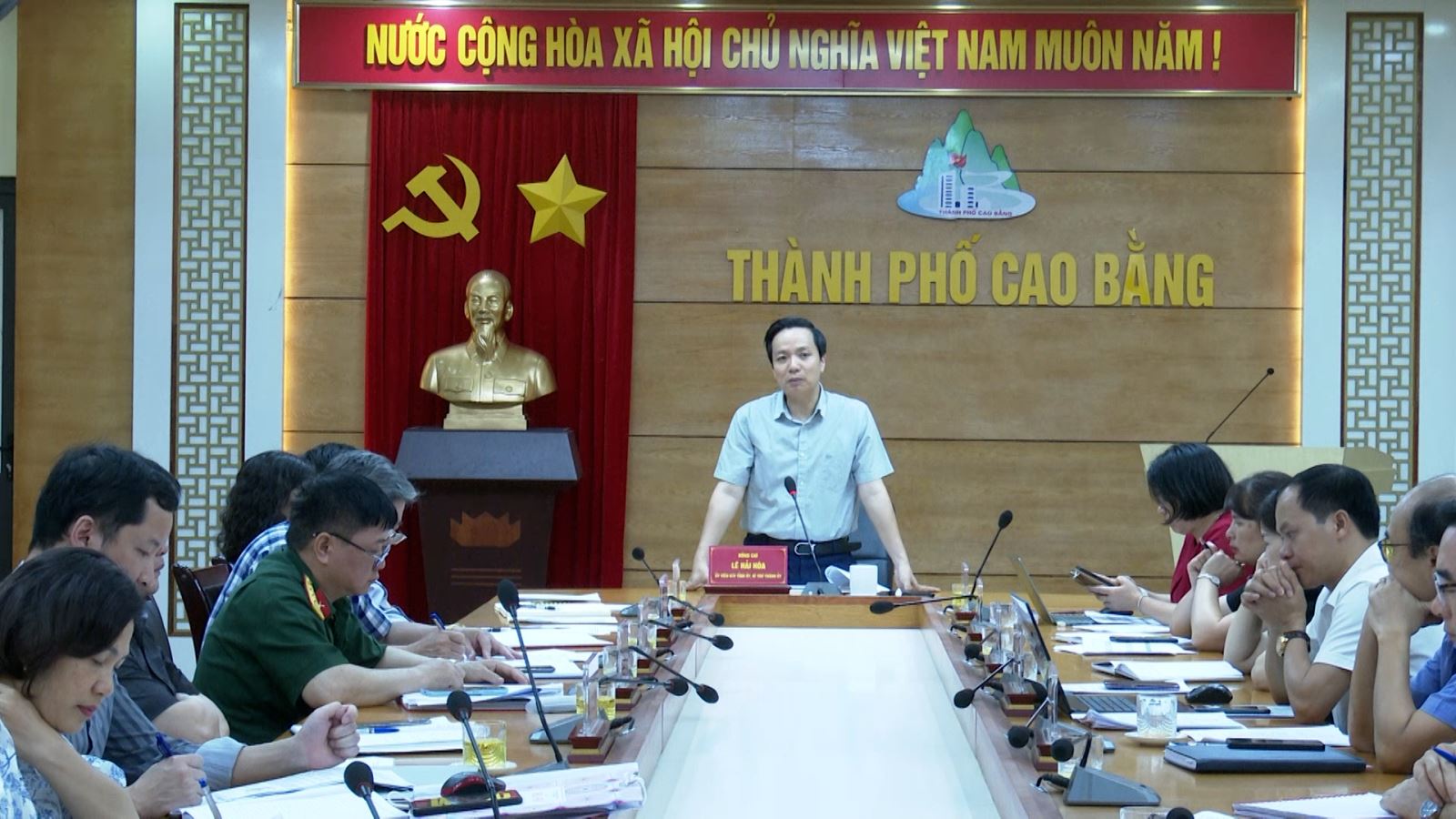
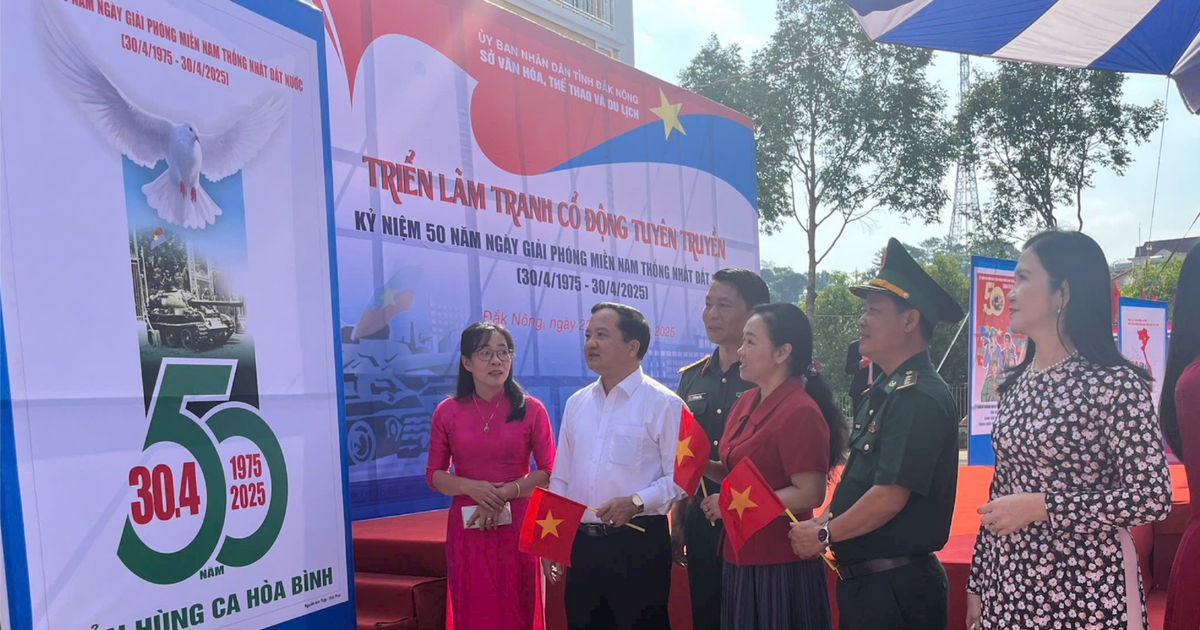


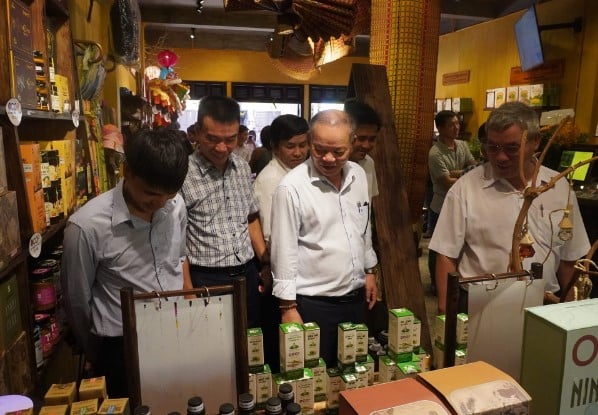
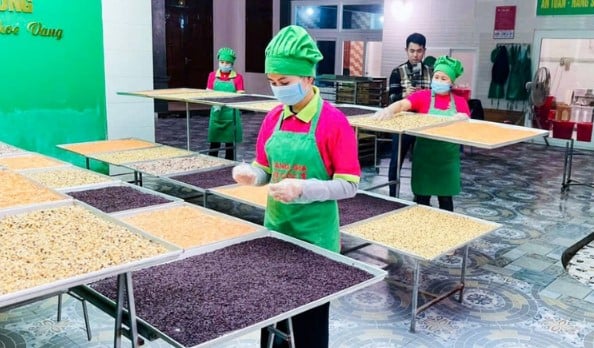
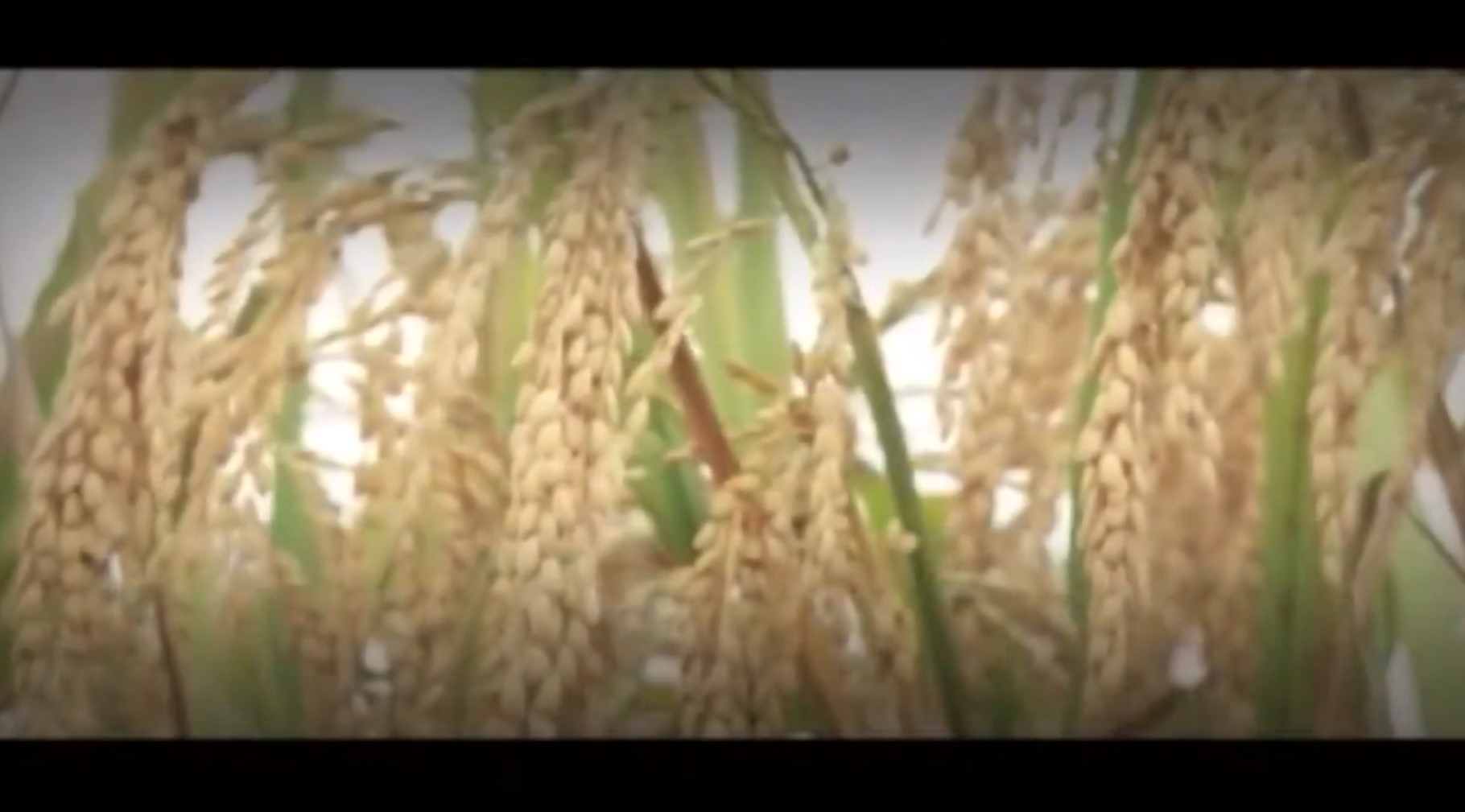
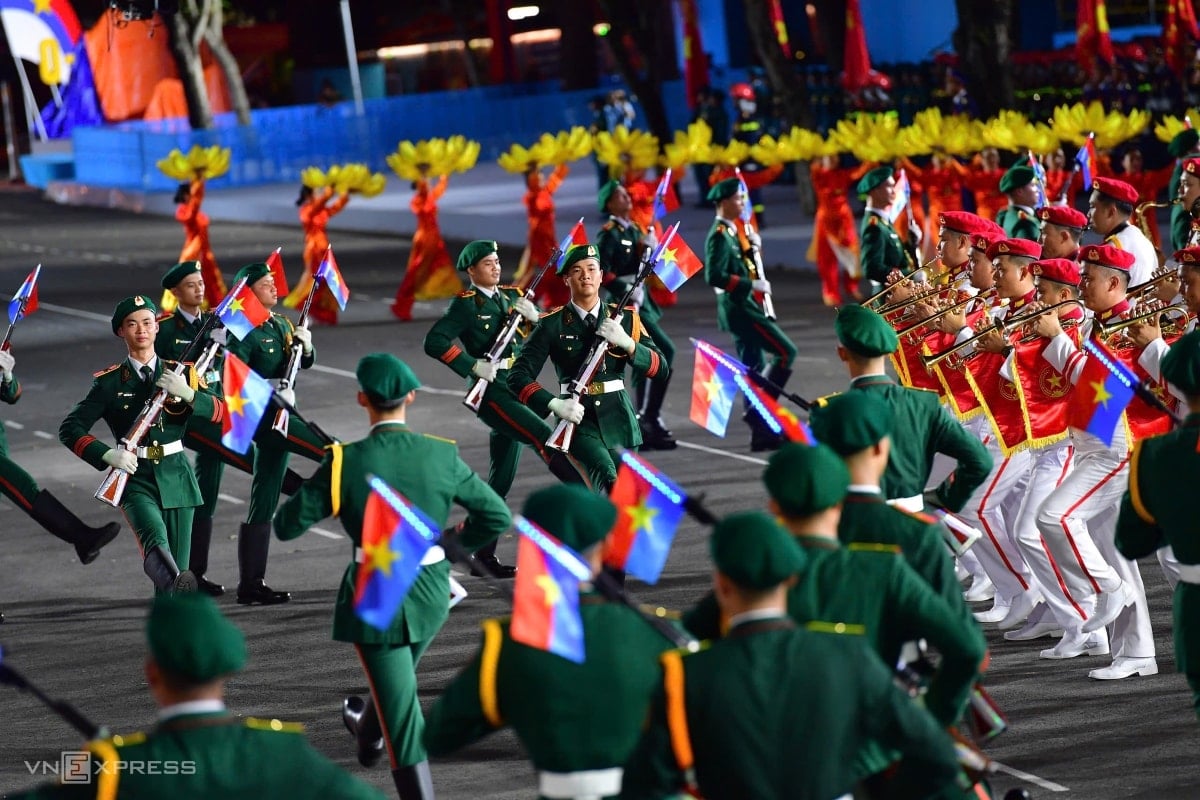

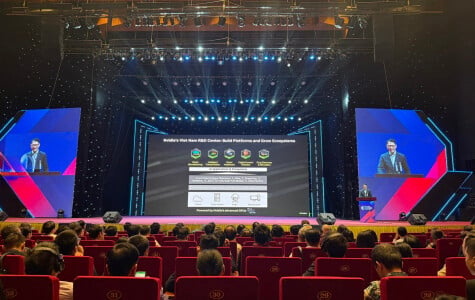

![[Photo] Ho Chi Minh City: Thousands of people watch the second parade rehearsal](https://vstatic.vietnam.vn/vietnam/resource/IMAGE/2025/4/23/7966ae78acf04aa8892bcab4ba7a621c)




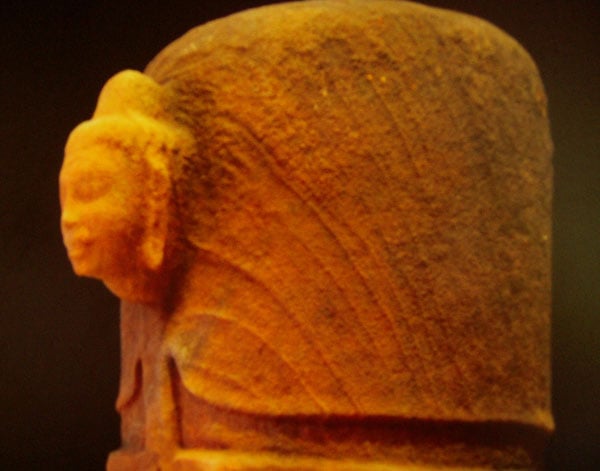

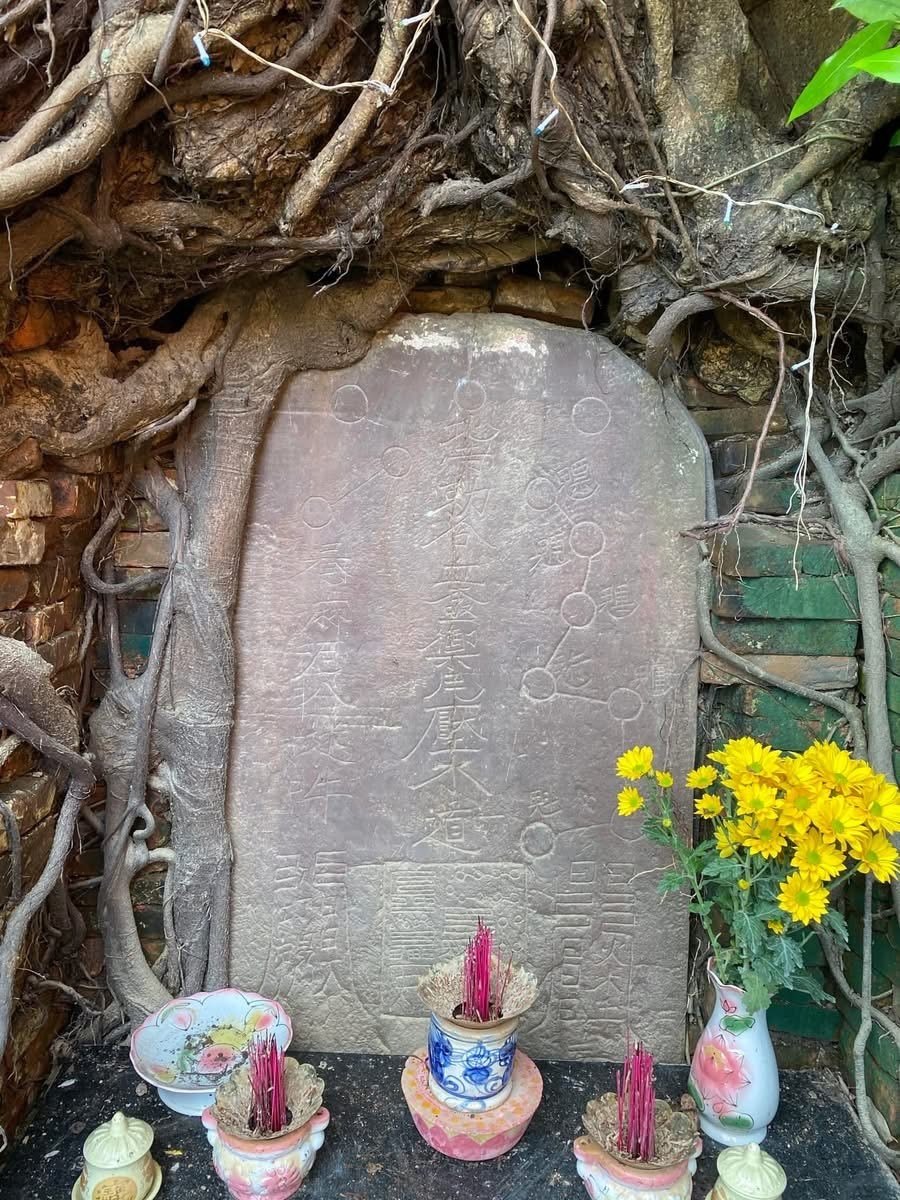

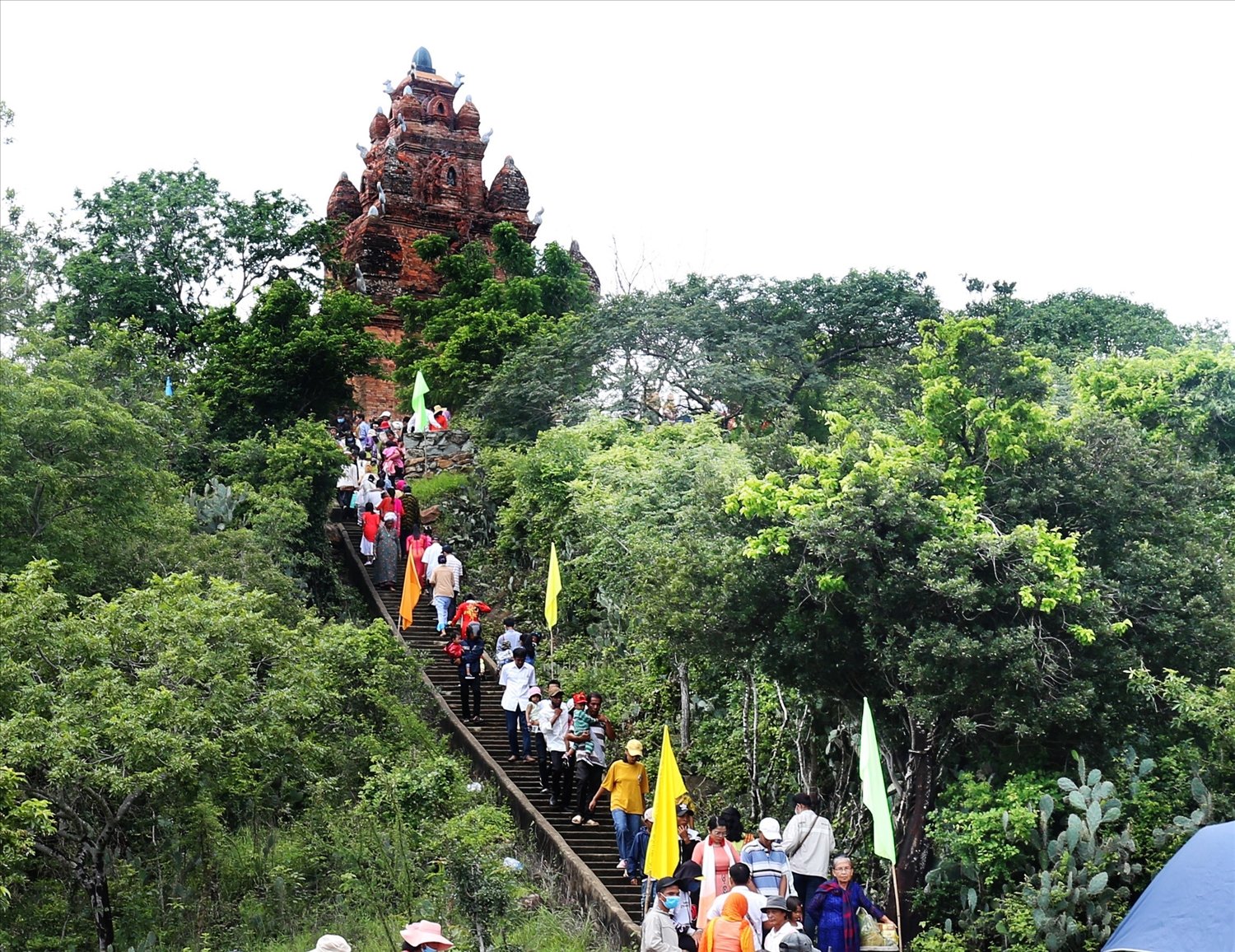



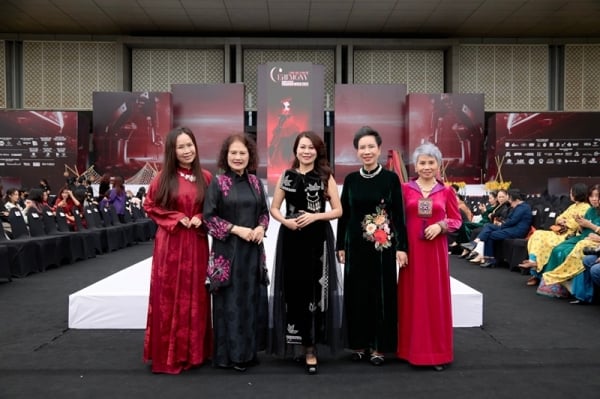



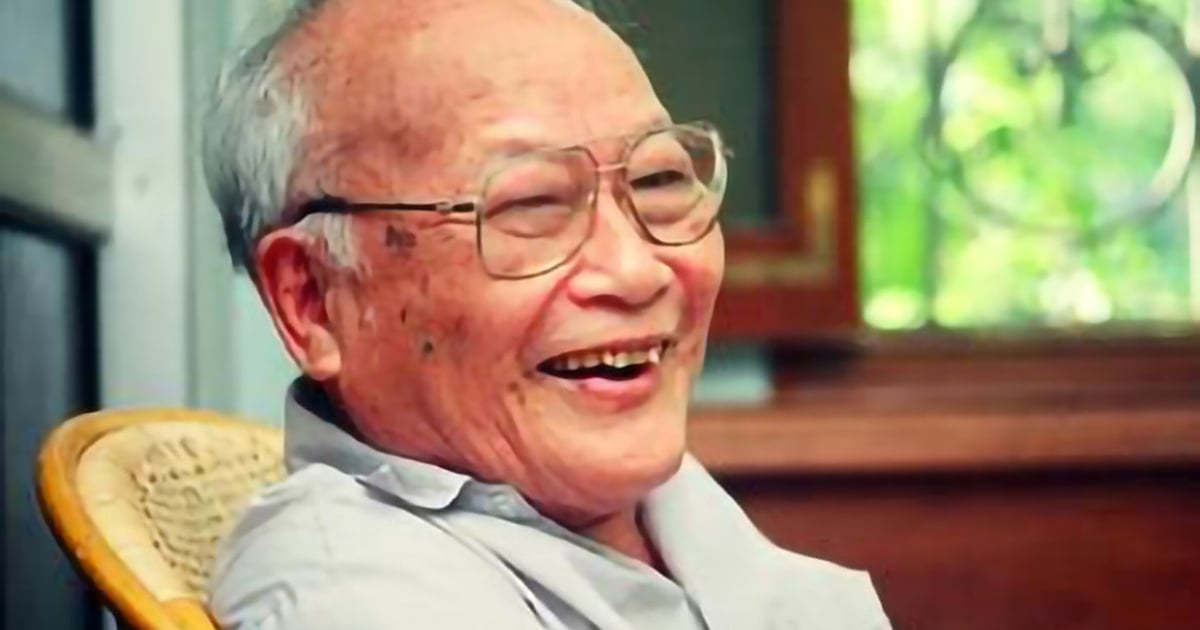
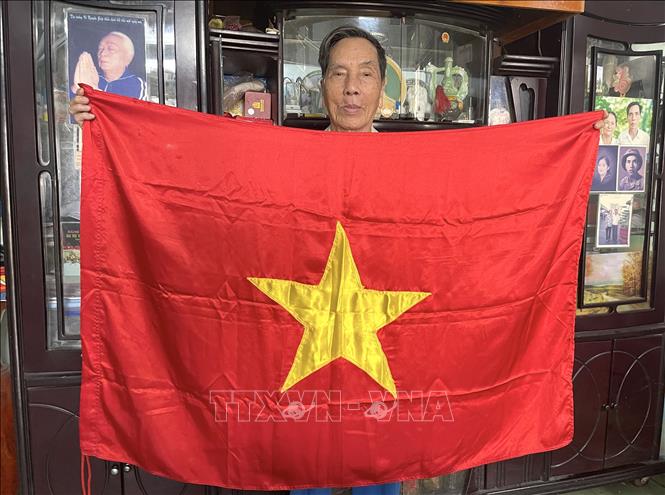



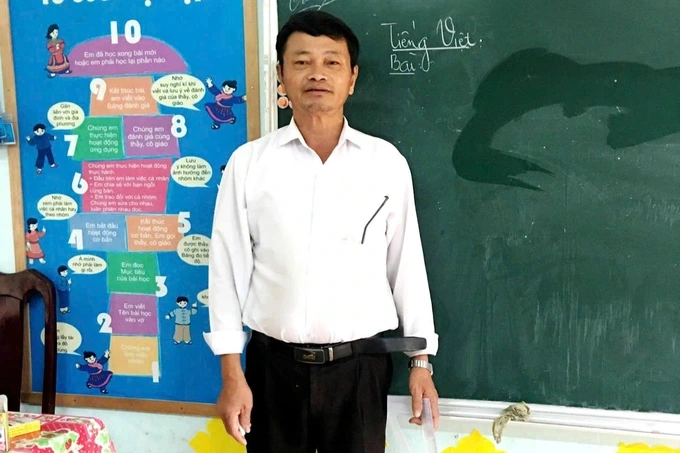
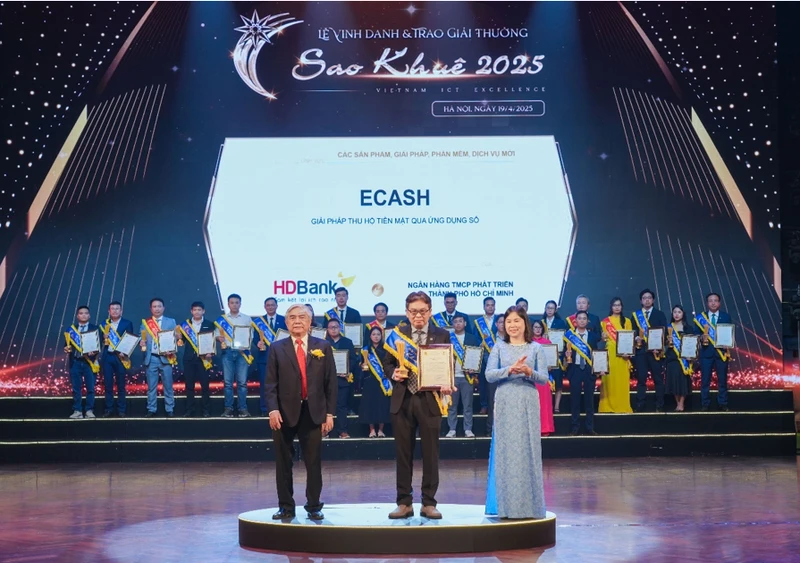
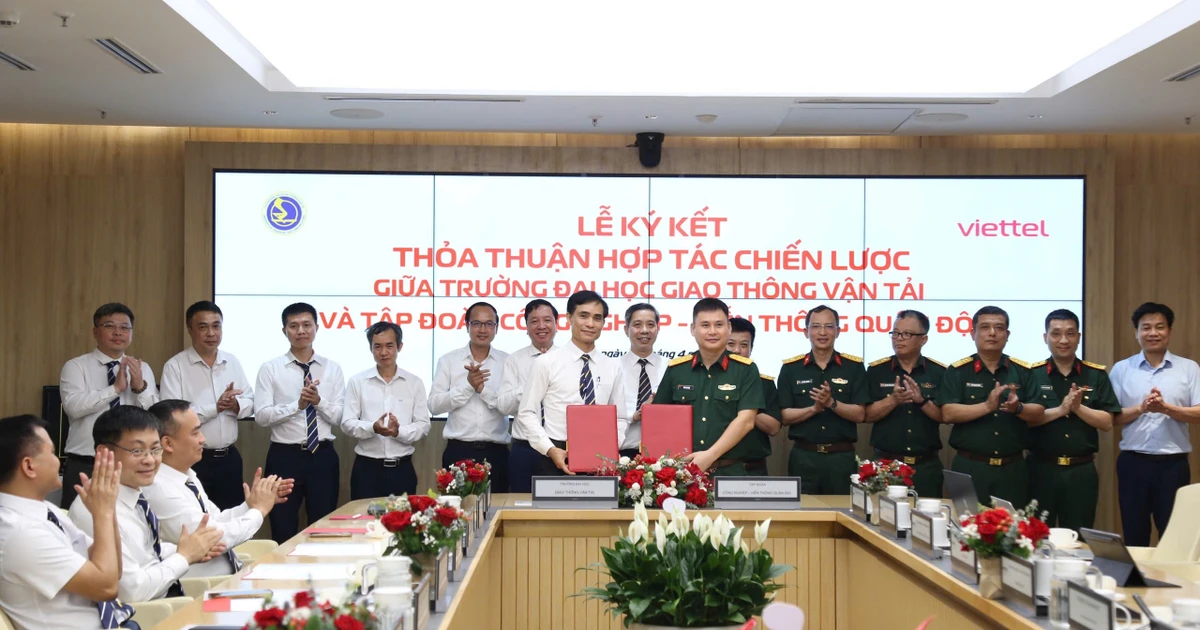







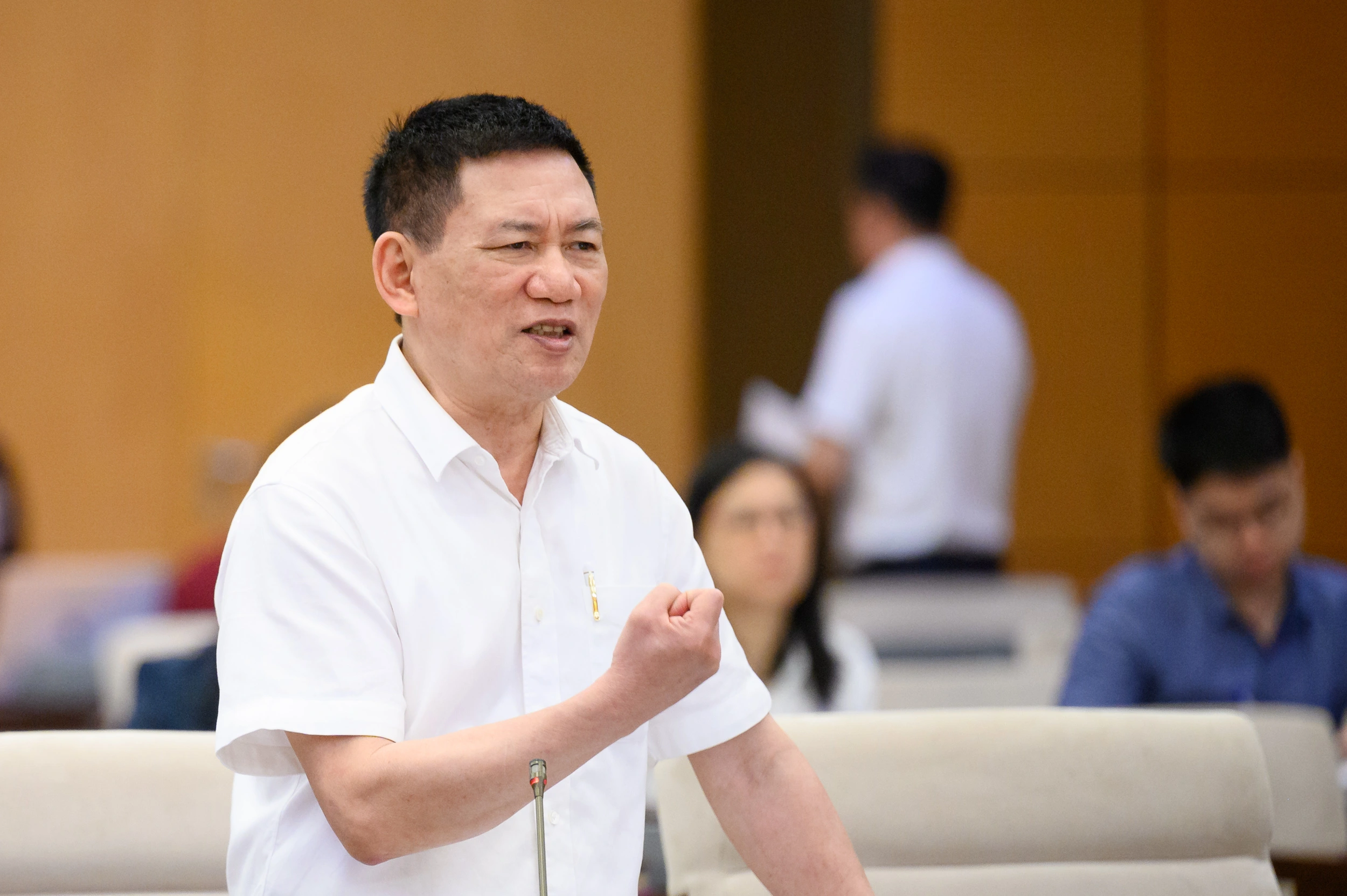

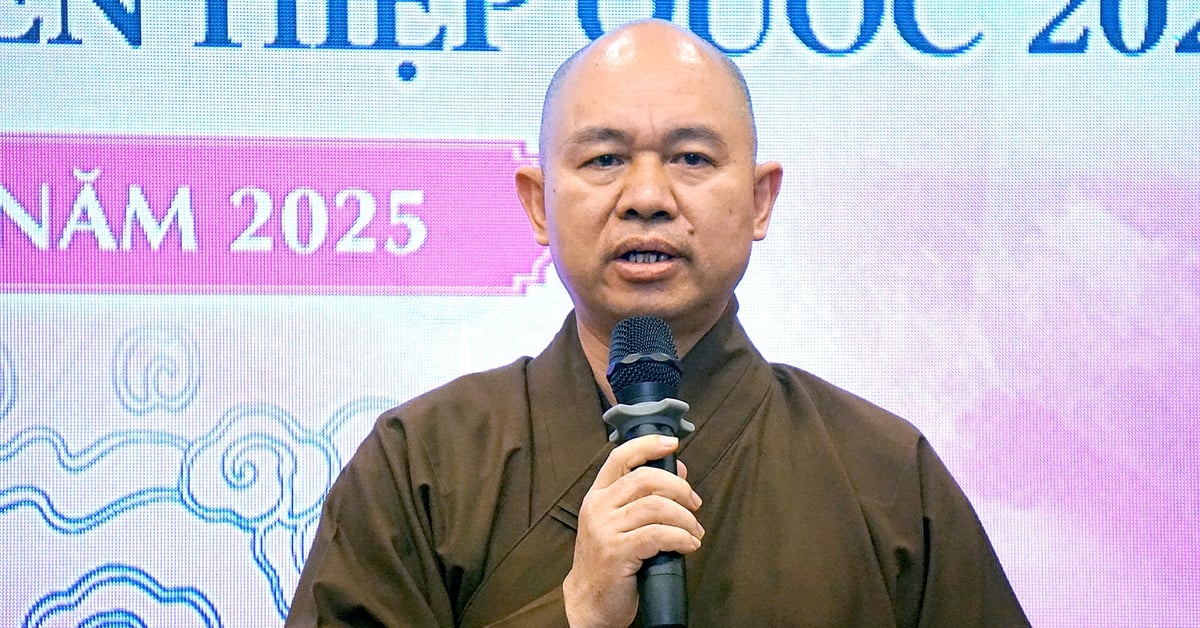

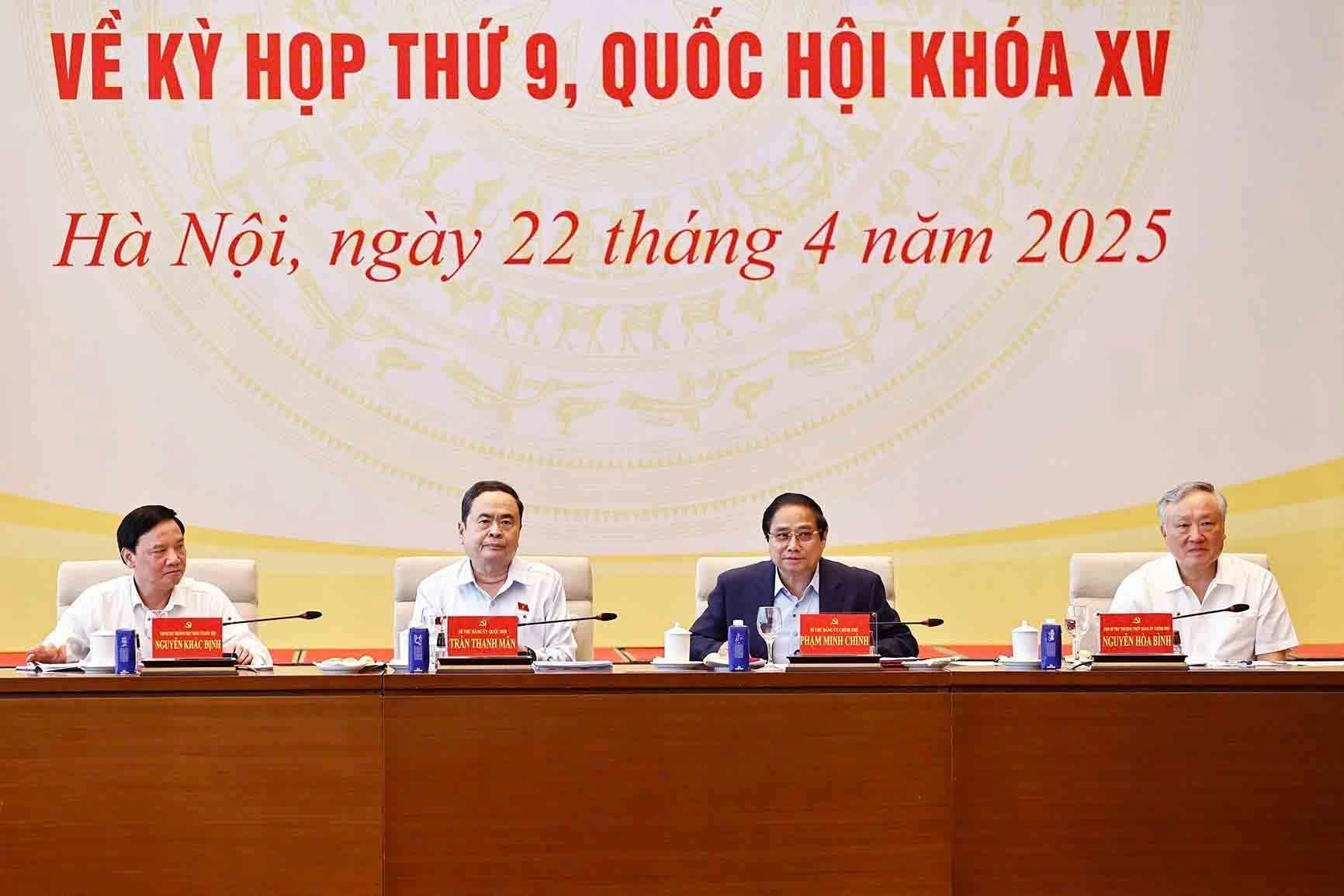
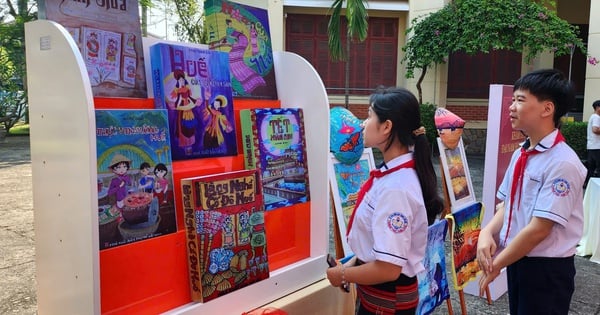

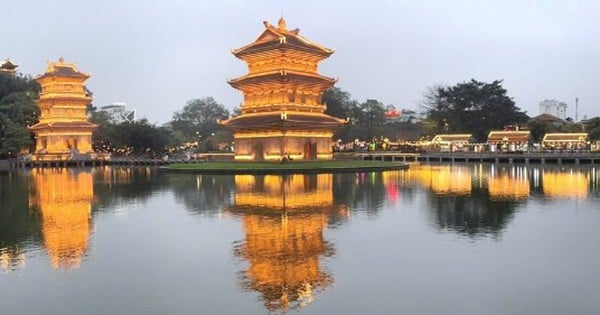



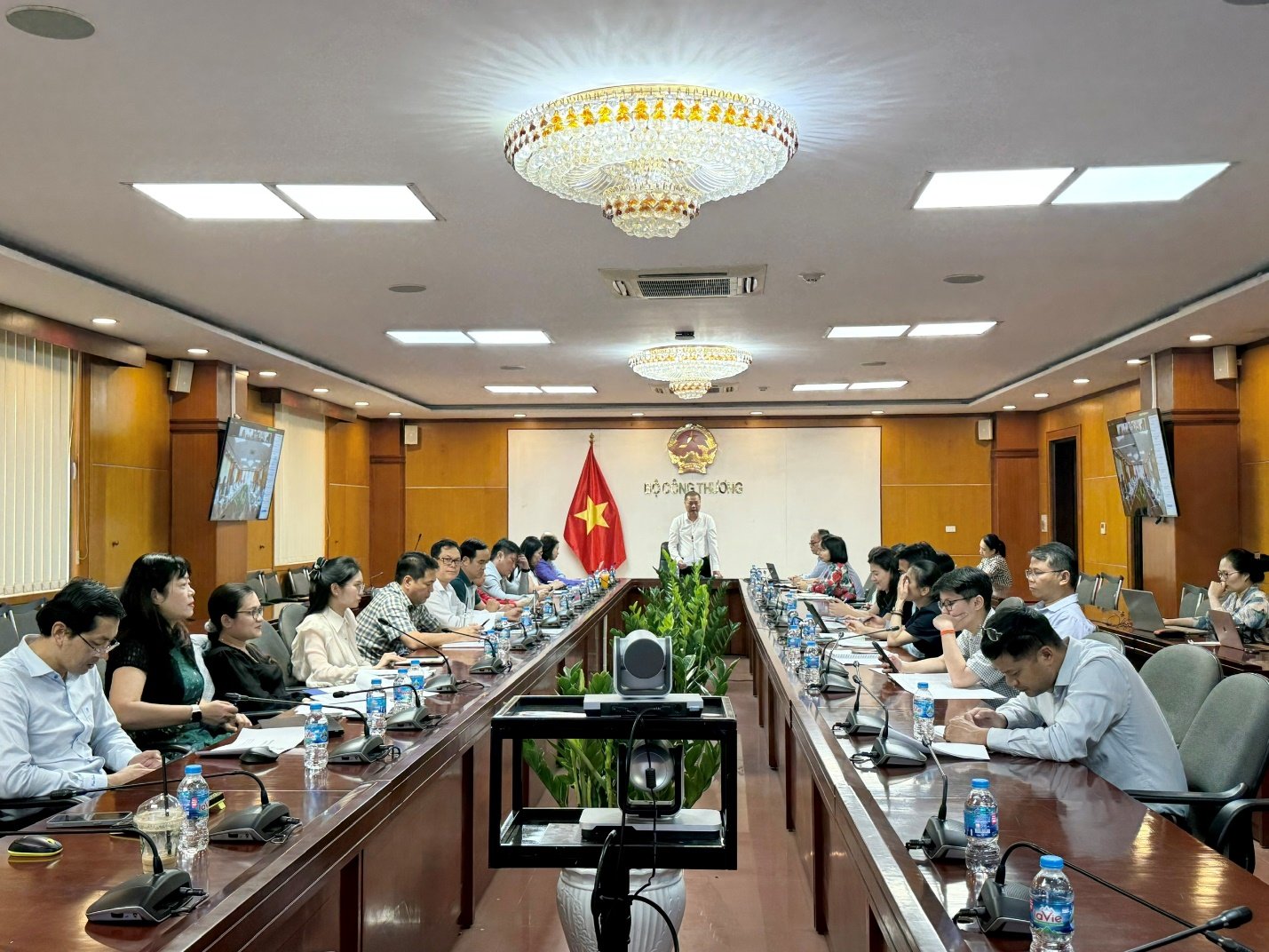

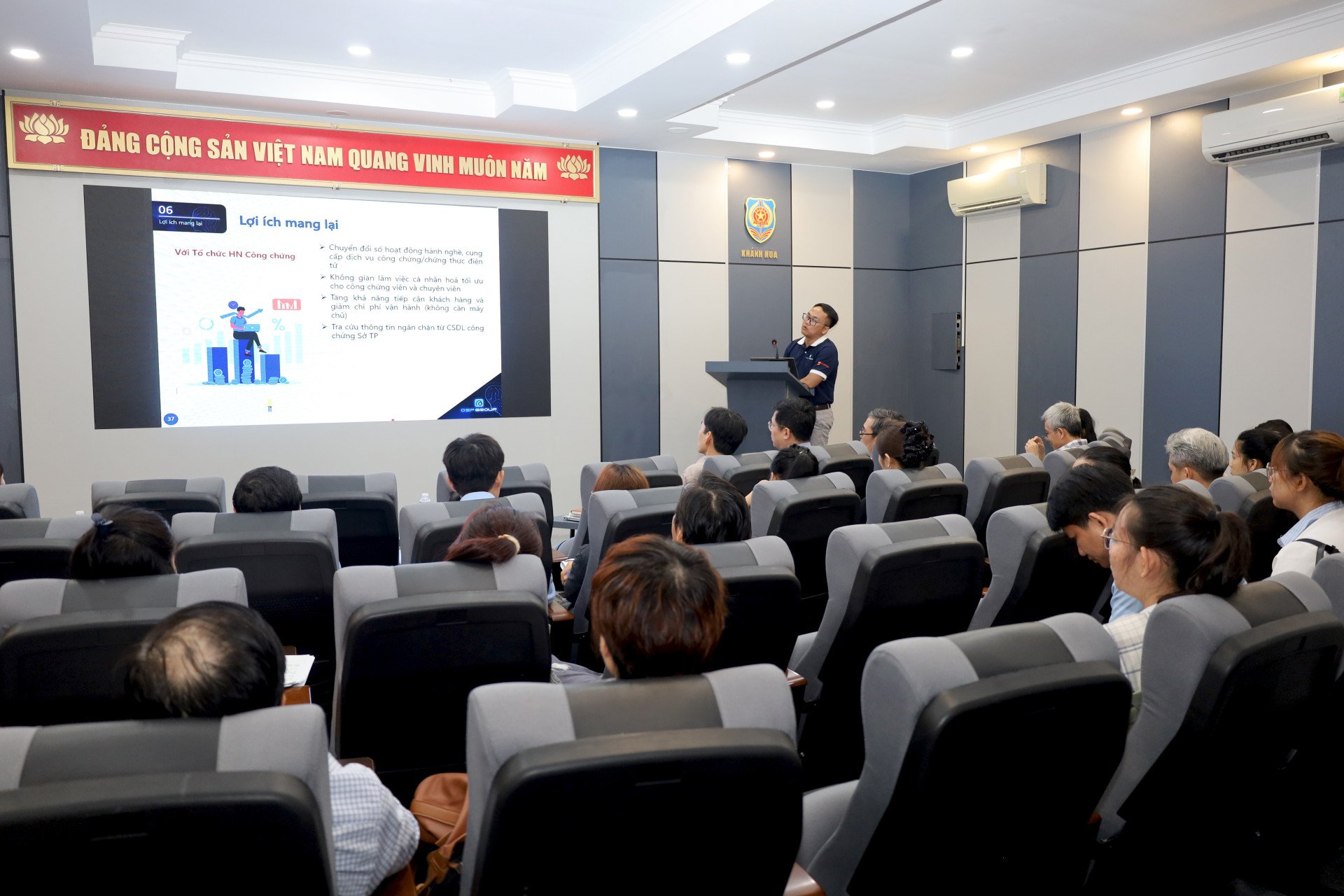



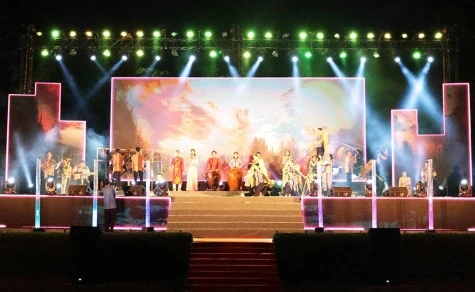

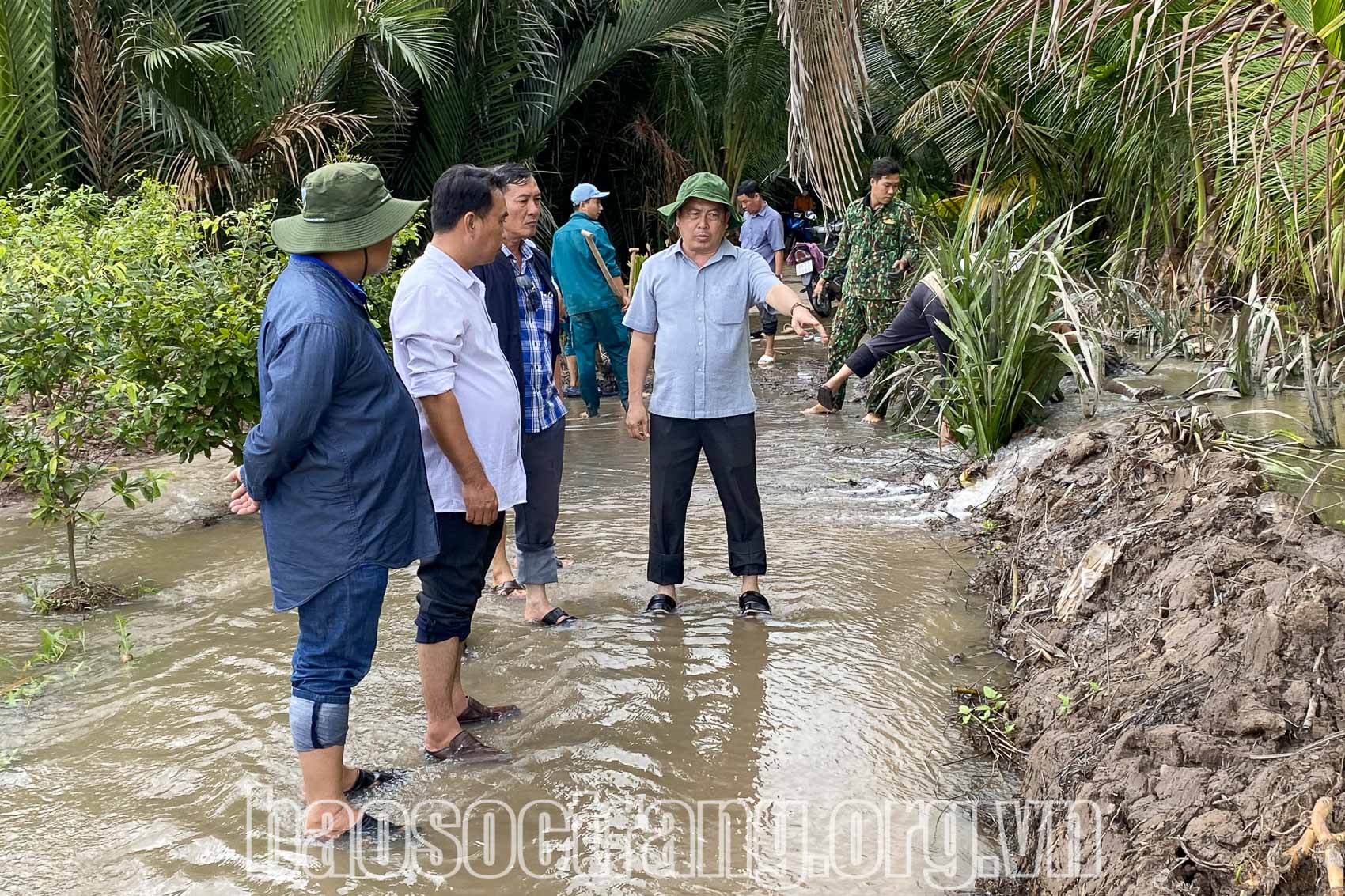

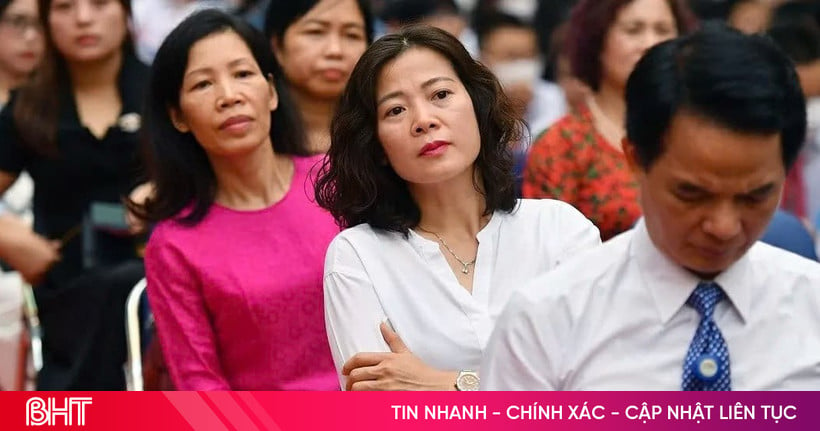
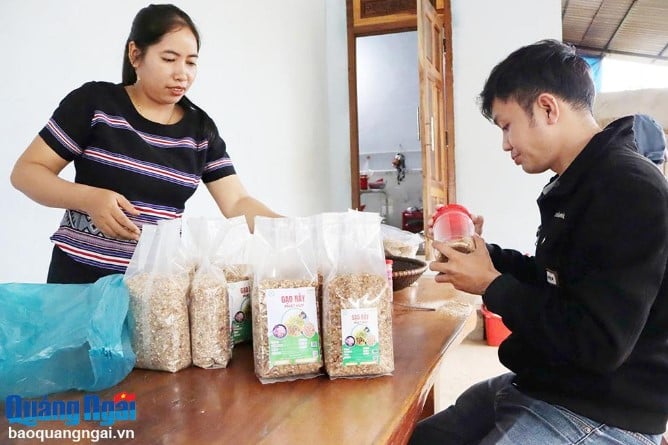

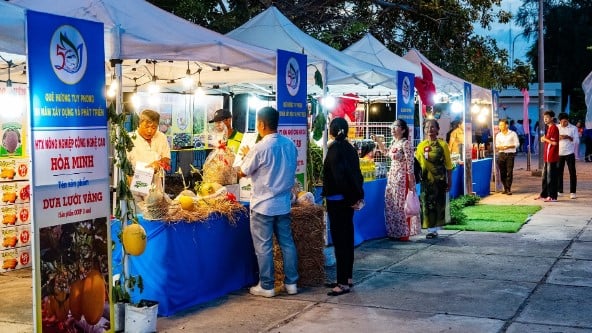



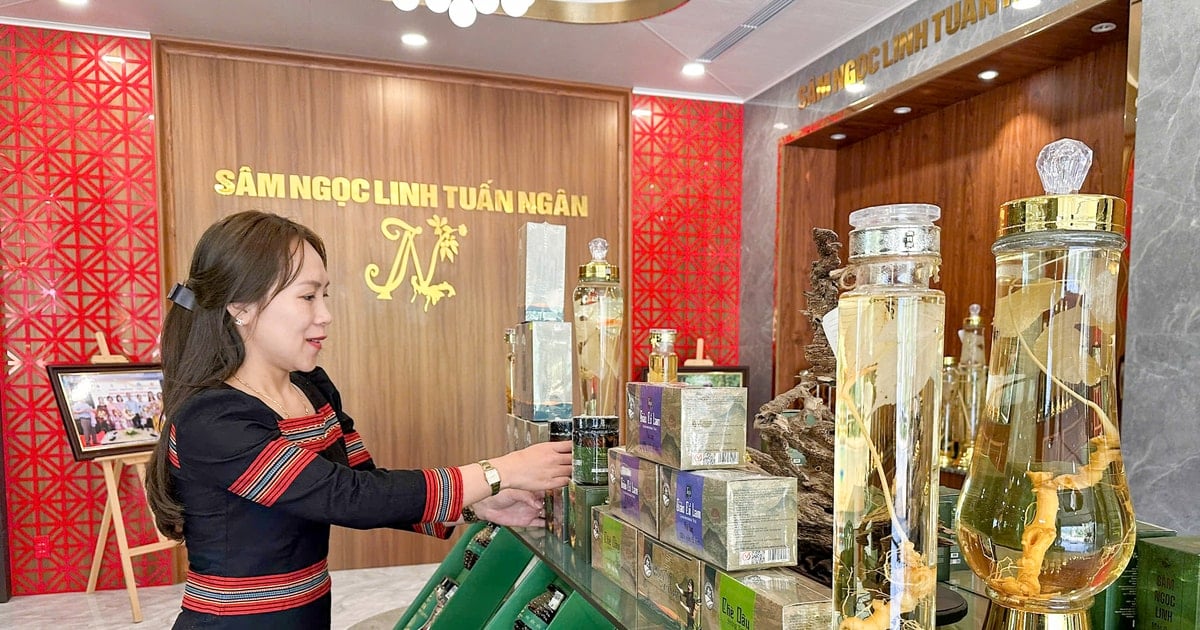

Comment (0)